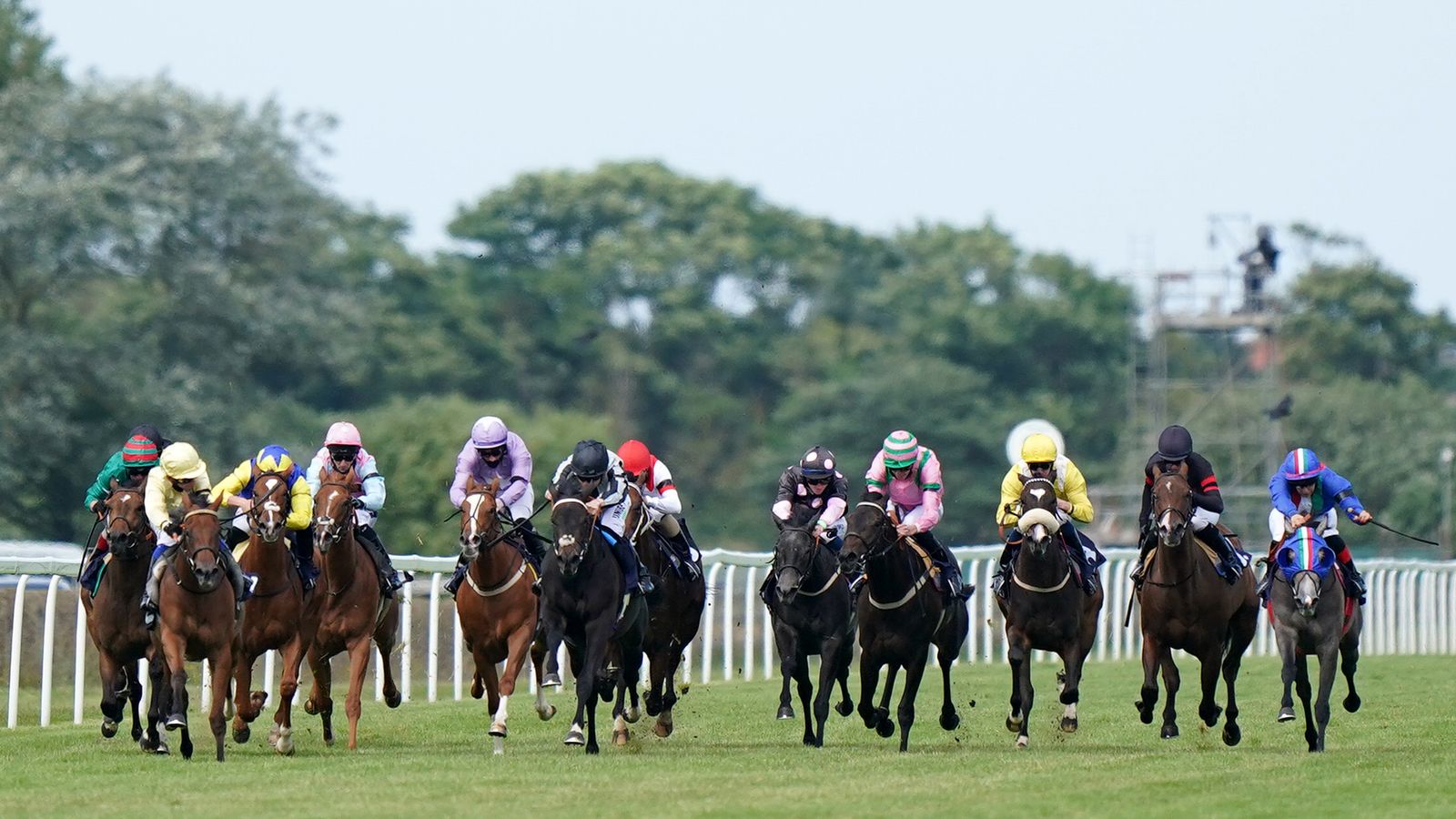For years, the rough-sawn planks have stood on end in my barn, relics from the mid-1800s decision by my great-great-grandfather to plant maple saplings along a northern Vermont roadway.
He was a farmer in Brownington in the “Northeast Kingdom” of Vermont, known as Deacon John Marshall for his role in his local religious community. He was the only one of my four maternal great-great-grandfathers not to serve in the Civil War, but the family lost their oldest son early in that war.
An immigrant from England, via Canada, he settled in Vermont in 1832, first in Bradford, then in Brownington. For reasons I can only imagine, he was noted for setting out those maple saplings along the roadways of the town. Aesthetics? Shade? Boundary markers? A source for maple syrup?
A century later, the state had a need for widening one of the roadways, so the trees had to come down. I was notified by a relative of what was to transpire, so I made arrangements with him to save a 7-foot log, which a neighboring sawmill cut into 2-inch planks. These I brought home to Newburyport, protruding from the trunk of a 1973 Dodge Charger.
One of those planks I used to make a corner mantel behind a woodstove in the first of four additions to our house.
But I still have four more planks. What to do with them?
For a long time, it has been in the back of my mind to square up the planks, join them together with either disks or pegs, and sand the rough slab into a rustic tabletop before adding square-cut legs within an attached box on the underside. I would be preserving the wood as well as the memory.
I am fortunate to have the family history to make this connection – the recorded stories, a photograph of John Marshall, a handwritten letter, his personal copy of Dickens’ “Tale of Two Cities,” those preserved pieces of that tree … . My great-great-grandfather and I are now connected by our DNA and a piece of maple, though both have evolved over time.
That DNA path, by the way, also runs through my maternal grandfather, Fred Marshall, who would have been the grandson of John Marshall. I have a letter from his best friend as a young man describing their escapades, including the skidding of logs in a long-ago winter, including, I would presume, maple logs.
“So many escapades did we have during our youth that while we were busy carrying out the ideas of one, the other made it a point to have the pot boiling on the next project.
“But our youth was not consumed by antics, as we spent several winters skidding logs in a wood lot our fathers had bought. This meant Fred and I left home about 6:30 a.m. with a horse hauling the sled to the lot. We skidded logs until 4 p.m., then drove to the sawmill with the load of logs. Both of us were home at 5:30, ready for the ‘barn chores.’ Supper was at 6:30. The day in the woods had removed any and all desire for an evening of entertainment. We had only a vision for the sleeping quarters for a repeat the next day.”
So my grandfather and I had both retrieved logs from northern Vermont, though I know not what he had in mind for his – firewood, flooring or furniture?
John Marshall could never have conceived of my existence or the eventual fate of his tree, but here we are, both of us his descendants.
So, too, is the long-ago repeat of family history when I transplanted six maple saplings from the property to a row along the driveway soon after we moved to Newburyport in 1973. I specifically had John Marshall in mind when I did this. The trees are now 50 feet tall or more.
Beyond this driveway row, I also have 28 maples native to this 1-acre plot, mostly around the perimeter but also including a grove of seven around the front of the house. Four others were removed to make way for additions or better lighting. The first two I did myself in my younger years. The latter two were taken down by a tree service. Another was lost in a storm. So, maple trees are intricately woven into family history.
(In addition, I have seven oaks, one elm that has eluded Dutch elm disease, one mountain ash that has avoided emerald ash borers, three choke cherries and one black walnut.)
Writing this story and completing that carpentry project could make possible a further family link into the future should one of my descendants read this column or sit at the yet-to-be-built table.
Like a tree, families branch out into the future, but they still owe their beginnings to those long-ago roots.
Stuart Deane lives in Newburyport.














